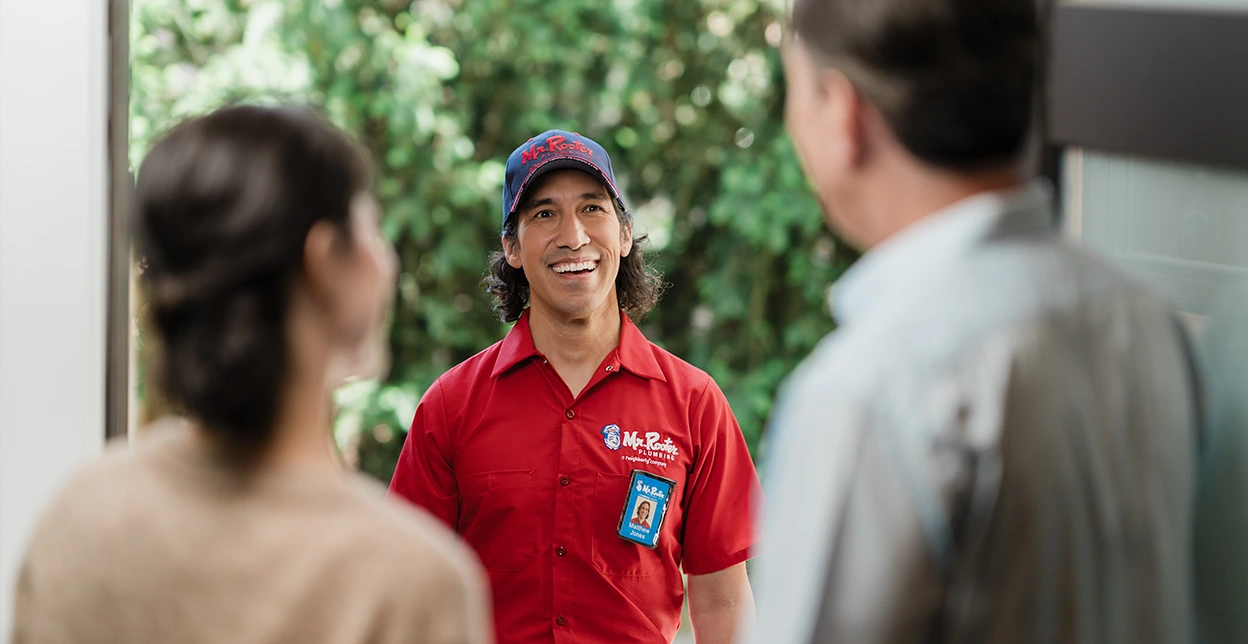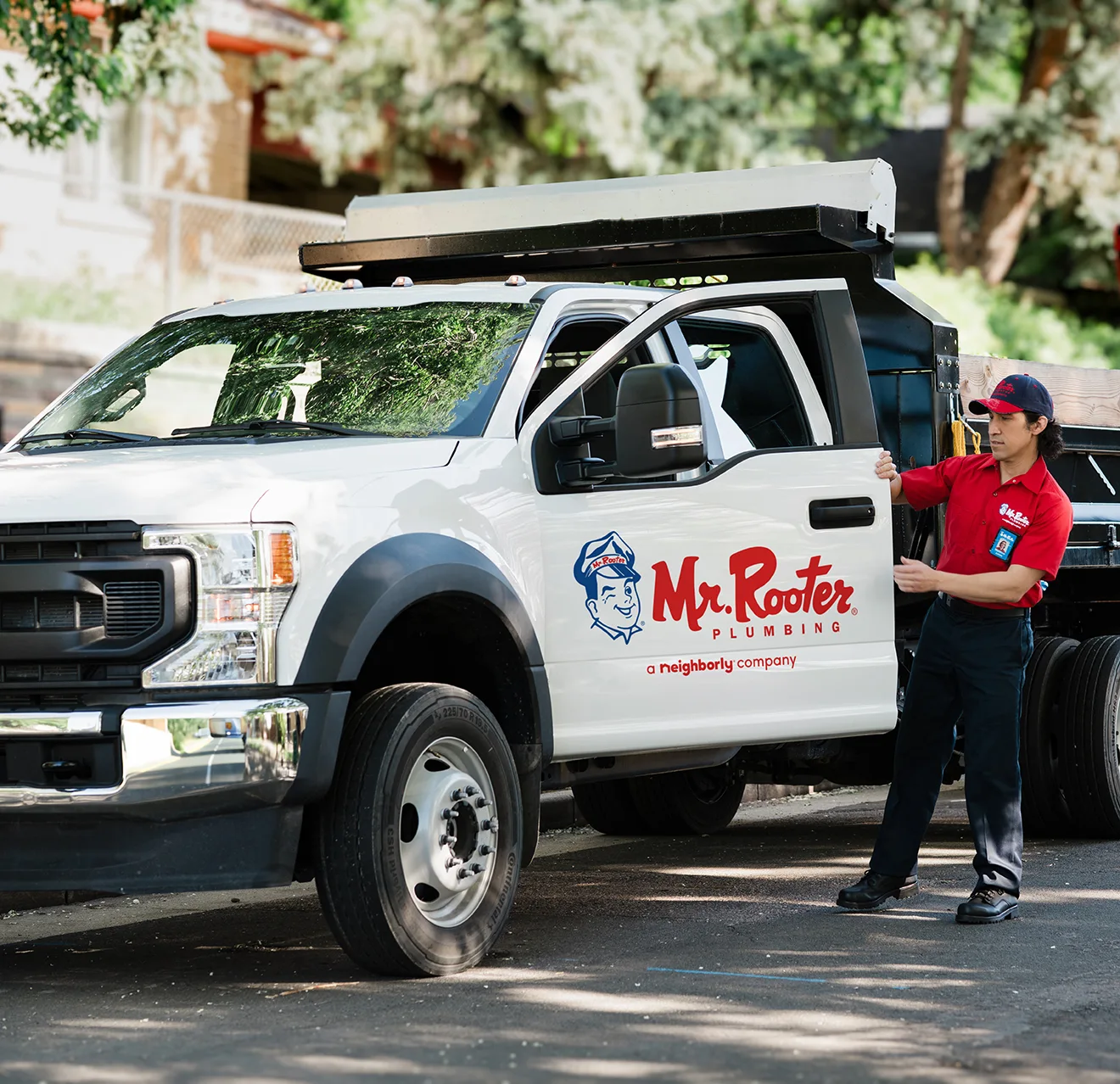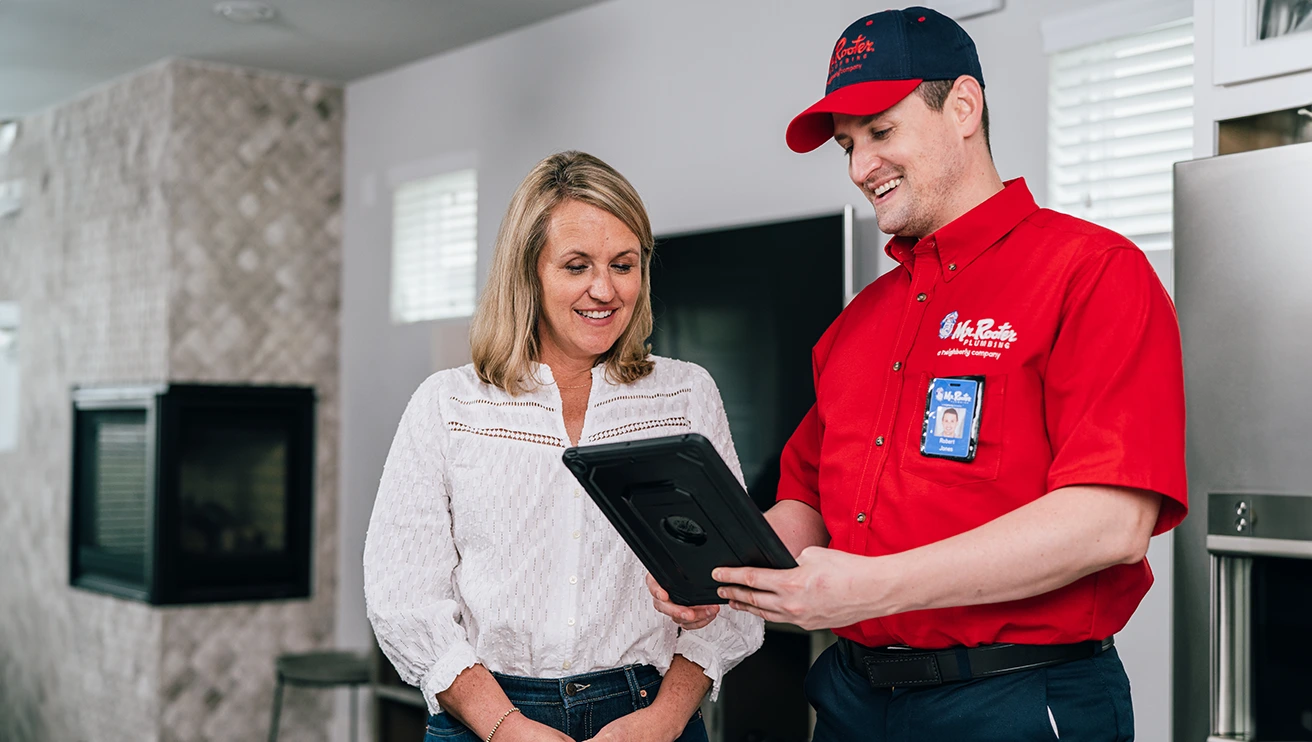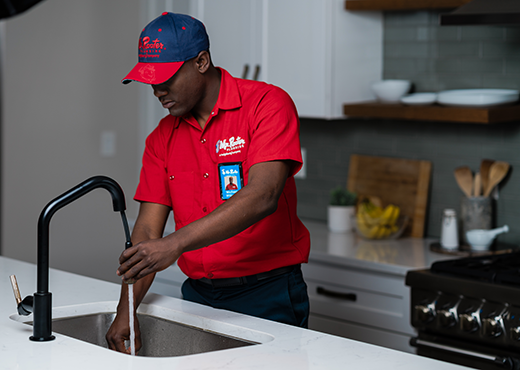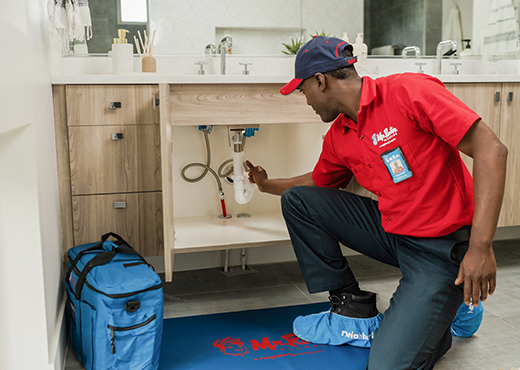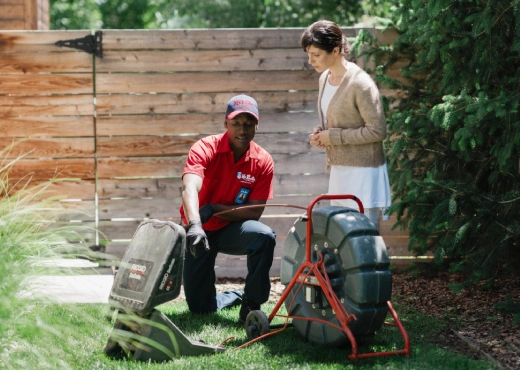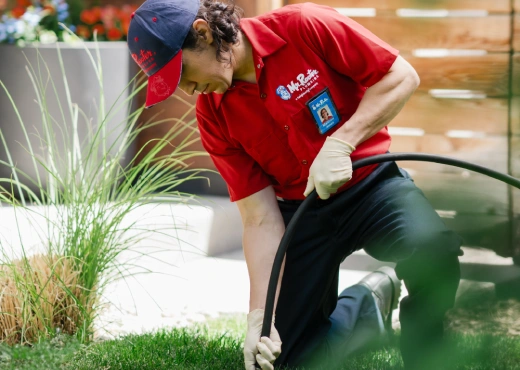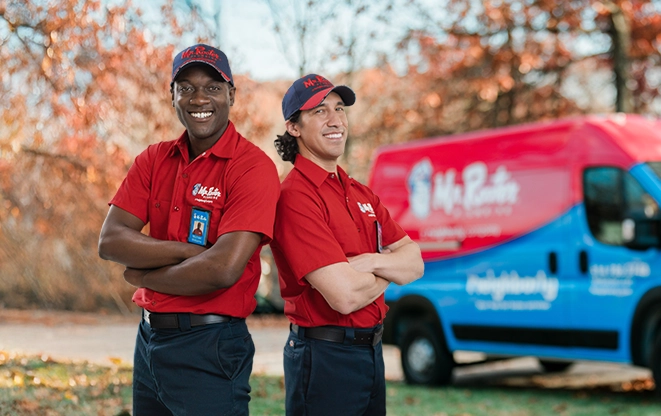Inspection and Assessment
Before we get started on pipe lining, our plumbers take the time to thoroughly investigate your system, diagnose the problem and determine if pipe lining is the correct solution. What happens inside wastewater disposal lines is a mystery to most homeowners, but plumbing problems can't hide from our experts. We'll perform a sewer camera inspection to examine your underground infrastructure and determine the exact nature of the problem and its location in your system. Video inspection involves attaching a small camera to a cable and lowering it into your drain, then moving it through the pipes while it records footage. Once it has been removed, your plumber can play back the footage and use it to figure out the best course of action to get the problem resolved.
In some cases, where a leak is the culprit, we’ll perform an additional leak detection service to locate the affected area before coming up with a solution to fix your leaky pipe.
Pipe Lining
Trenchless sewer pipe lining, which is also sometimes called pipe relining, is a method of sewer repair for buried wastewater lines that have suffered damage. That includes cracks, pinholes, tree root intrusion, corrosion, and other issues. Rather than removing the old, damaged pipe and putting in a new one, the pipe lining process involves the use of innovative technology to essentially insert a new pipe inside the existing one.
A "sleeve" of fabric soaked in epoxy resin is inserted into the broken pipe and pulled through. Then, an inflatable tube inside the sleeve is blown up, so it pushes the sleeve against the walls of the old pipe. Once the epoxy cures and hardens, the inflatable tube is removed, and the epoxy pipe lining essentially forms a new pipe inside the old one. The epoxy is very durable and long-lasting, and it's not easily penetrated by tree roots.
